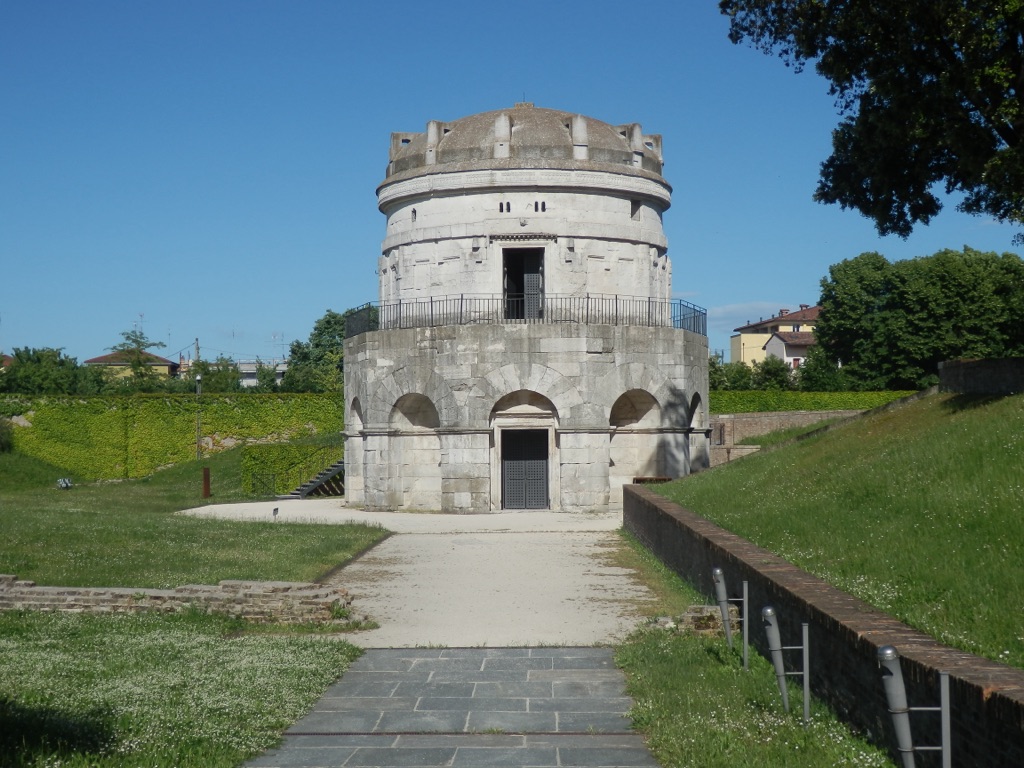The Mausoleum of Theodoric is a remarkable architectural feat from the early 6th century. It stands as a testament to the Ostrogothic King Theodoric the Great. Located in Ravenna, Italy, this structure is unique for its combination of Roman and Gothic elements. The mausoleum is particularly famous for its massive roof stone, which is a single piece of Istrian limestone weighing around 230 tons. It has been a UNESCO World Heritage Site since 1996, reflecting its historical and architectural significance.
Get your dose of History via Email
Historical Background of the Mausoleum of Theodoric
The Mausoleum of Theodoric was built in 520 AD as the final resting place for Theodoric the Great. Theodoric ruled the Ostrogothic Kingdom of Italy from 493 until his death in 526. The discovery of the mausoleum’s origins is attributed to the detailed records from that era. However, the exact circumstances of its discovery are not well-documented. The structure was built by Theodoric himself, reflecting his power and the cultural blend of his reign.
After Theodoric’s death, the mausoleum served as his tomb, but it did not remain a funerary site for long. During the Byzantine reconquest of Italy, Theodoric’s remains were removed. The structure was then converted into a Christian oratory. Over the centuries, it has seen various uses, including a fortress during the Middle Ages. Its historical importance is also marked by the fact that it is one of the few surviving examples of Gothic architecture from the time.
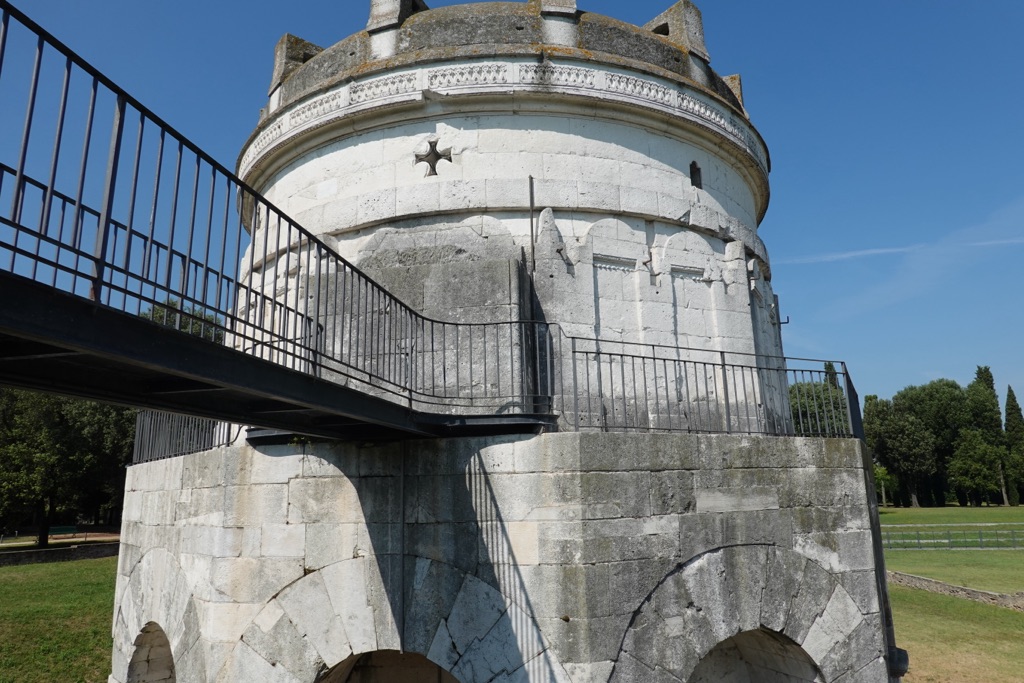
The mausoleum has withstood the test of time, surviving various periods of neglect and restoration. It was during the Renaissance that the mausoleum gained renewed interest. Artists and historians began to appreciate its significance, leading to more systematic studies and preservation efforts. The site has not been the scene of any major historical events since its construction, but it has been a continuous symbol of Theodoric’s legacy.
Throughout its history, the Mausoleum of Theodoric has intrigued visitors and scholars alike. Its preservation allows for a glimpse into the past, showcasing the grandeur of Theodoric’s reign. The structure has been well-documented in historical texts, which has aided in its study and conservation. Today, it stands as a cultural landmark, attracting tourists and historians from around the world.
The mausoleum’s significance is not only in its historical context but also in its architectural prowess. It represents a fusion of styles and techniques from different cultures. This blend of influences makes the Mausoleum of Theodoric a unique monument in the history of architecture. Its continued existence offers valuable insights into the early medieval period and the Ostrogothic Kingdom.
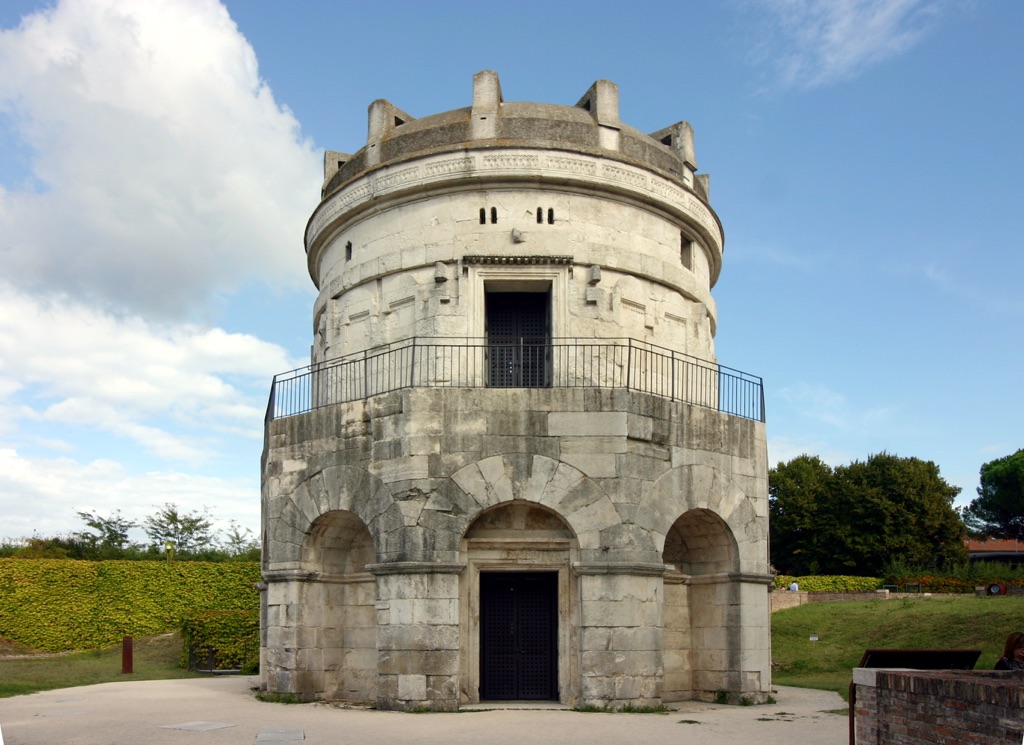
About the Mausoleum of Theodoric
The Mausoleum of Theodoric is a two-story structure made of limestone. Its design is a blend of Roman and Gothic architectural styles. The lower level is decagonal, while the upper level is circular. This creates a striking visual contrast. The building materials were sourced locally, showcasing the natural resources available at the time.
The most striking feature of the mausoleum is its monolithic dome. It measures over 10 meters in diameter and is made from a single piece of stone. This engineering marvel has puzzled historians and architects for centuries. The technique used to lift and place the stone remains a topic of debate.
Inside, the mausoleum is relatively simple, with limited decoration. The lower floor was intended for Theodoric’s sarcophagus. The upper floor, accessible by a narrow staircase, offers a panoramic view of the surroundings. The interior reflects the solemn purpose of the structure as a tomb.
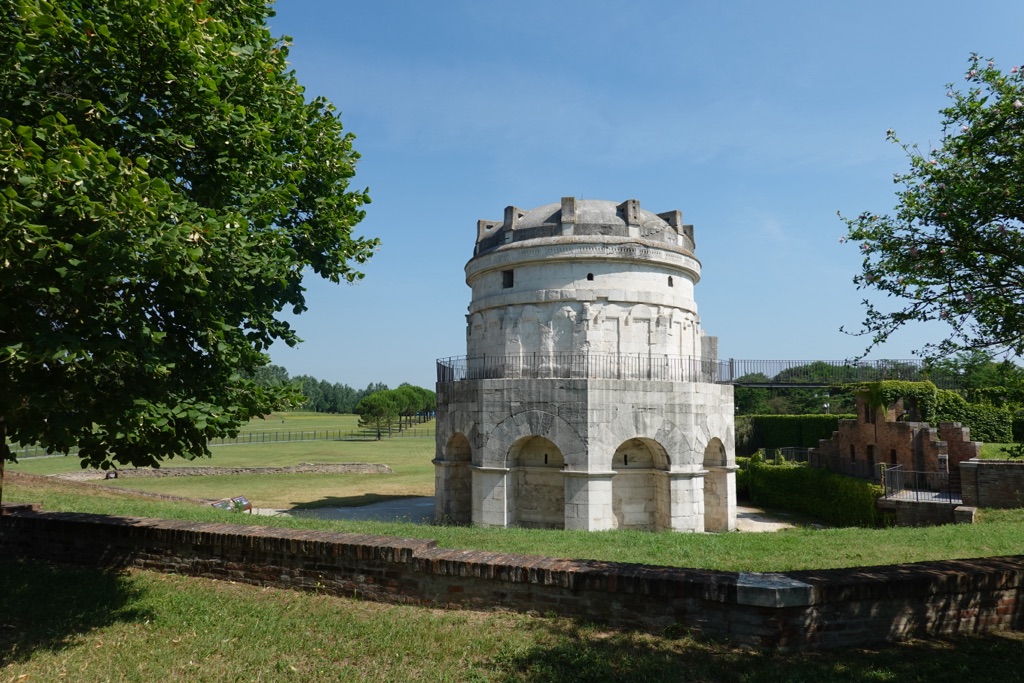
Over the years, the mausoleum has undergone several restorations to preserve its integrity. These efforts have ensured that the original design remains largely intact. The restorations have also provided insights into the construction techniques of the time.
The architectural highlights of the Mausoleum of Theodoric, such as the use of large stone blocks and the monolithic dome, have made it a subject of study in the field of ancient engineering. Its preservation allows for a better understanding of early medieval architecture and the capabilities of builders during that period.
Theories and Interpretations
Several theories exist about the Mausoleum of Theodoric, particularly regarding its construction and symbolism. Some scholars suggest that the monolithic dome represents the power and unity of Theodoric’s reign. Others interpret the structure’s design as a reflection of Theodoric’s Arian Christian faith, which was distinct from the orthodox Christianity of the time.
The purpose of the mausoleum is clear as a tomb for Theodoric. However, the reasons for its unique design are less certain. Some theories propose that it was meant to emulate the tombs of Roman emperors. This would align with Theodoric’s desire to be seen as a legitimate ruler in the Roman tradition.
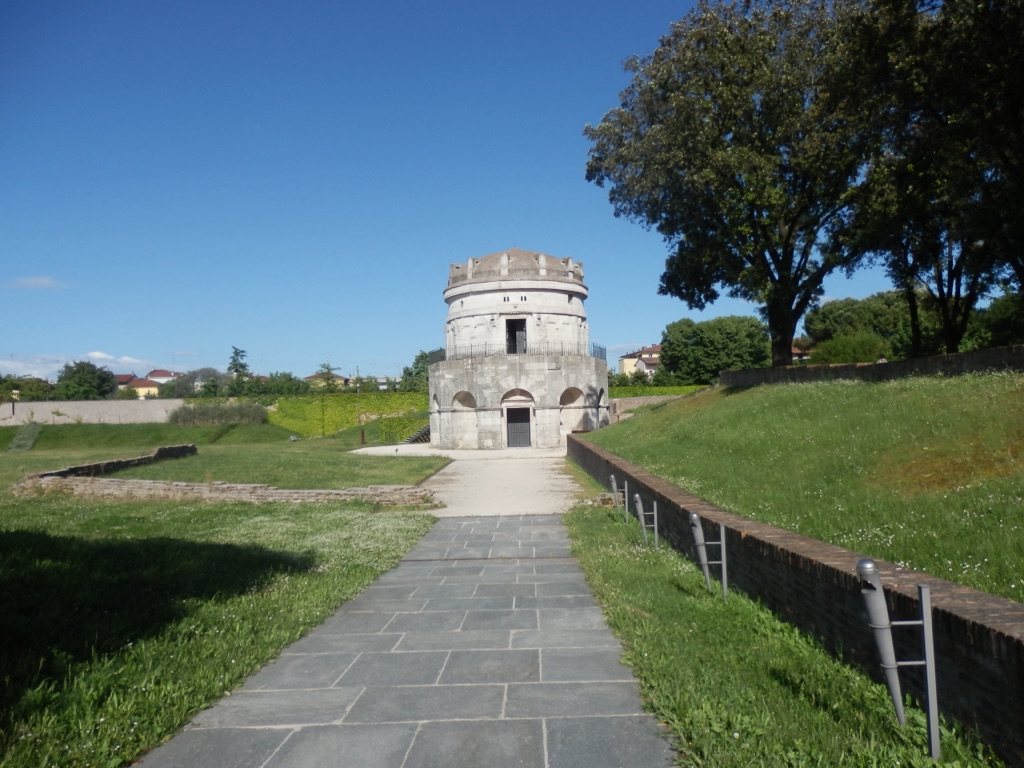
Mysteries surround the mausoleum, such as the exact methods used to construct the dome. While there is no definitive answer, some suggest that ramps or earthen mounds may have been used. These methods would have allowed workers to maneuver the massive stone into place.
Historical records have been matched to the mausoleum to confirm its origin and purpose. However, some aspects of its history remain open to interpretation. The removal of Theodoric’s remains and the subsequent uses of the building add layers of complexity to its story.
Dating of the mausoleum has been carried out using historical texts and architectural analysis. These methods have confirmed its construction in the early 6th century. The precise dating helps place the mausoleum within the broader context of early medieval Europe.
At a glance
Country: Italy
Civilization: Ostrogothic Kingdom
Age: Built in 520 AD
Conclusion and Sources
Reputable sources used in the creation of this article include:

